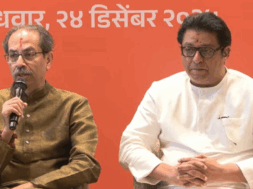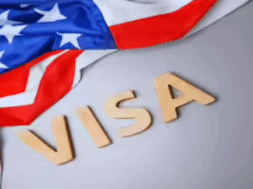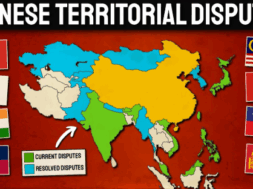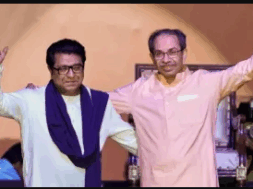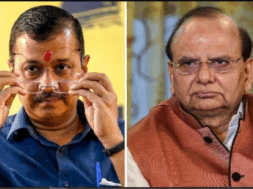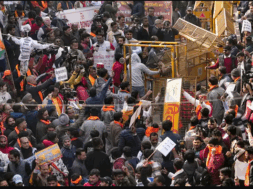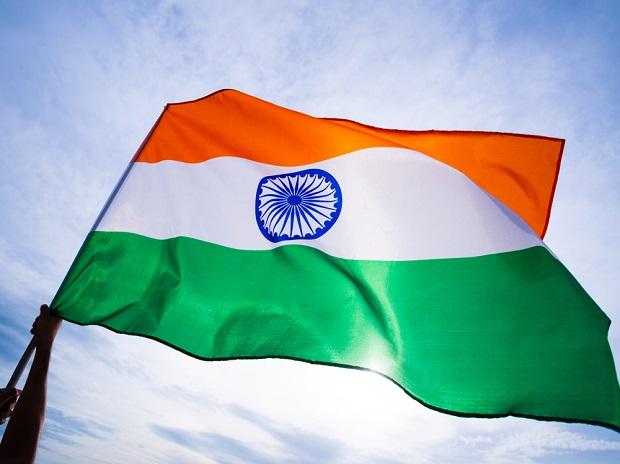
Aditya Hore
Surat: The Indian Independence Day is just around the corner and the nation is gearing up for the celebrations of 74th Independence Day. Independence Day is celebrated every year on August 15 with much pomp and fervour and the Prime Minister unfurls the ‘tiranga’ or the tricolour on the Red Fort.
The National Flag of India is the pride of all the citizens of the country and represents our hopes and aspirations.
Here are some interesting facts about the Tiranga:
- Indian National Flag was designed by Pingali Venkayya who was a freedom fighter and an agricultural from Andhra Pradesh
- The Indian flag was adopted on July 22, 1947, just before India received independence from Britain on August 15, 1947.
- The first Indian flag was hoisted on August 7, 1906, at Parsi Bagan Square in Calcutta. However, the first version of Indian National Flag hoisted on August 7, 1906, had stripes of green, yellow, and red. It had religious symbols, eight roses, and Vande Mataram inscribed in it. The second version of the Indian flag was hoisted by Madam Bhikaji Cama at the Socialist International Summit in Stuttgart, Germany. A third version, with red and green stripes with the Union Jack — the national flag of the United Kingdom — on the top left and a crescent on the top right and seven stars in the form of the Saptrishi constellation was used by Bal Gangadhar Tilak in 1917.
- Another two versions of the Indian flag were designed in 1921. The first had a white strip at the top representing the religious minorities, green strip in the middle representing Muslims, and red stripe at the bottom representing Hindus. In the center of the flag was a Spinning Wheel. This flag was according to the vision of Mahatma Gandhi.
- The Final version of the flag with saffron colour represents courage and sacrifice while white colour represents truth, peace and purity. Green colour of the flag denotes prosperity while the Ashok Chakra represents the Laws of Dharma (righteousness).
- The middle white stripe in the national flag carries the design of an Ashoka Chakra in navy blue colour with 24 equally spaced spokes.
- The National Flag of India, by law, is to be made of khadi, a special type of hand-spun cloth of cotton or silk made popular by Mahatma Gandhi.
- The right to manufacture the flag is held by the Khadi Development and Village Industries Commission, who in turn allocates it to the regional groups.
- Tenzing Norgay hoisted the Indian national flag on Mount Everest for the first time on 29 May 1953.
- Before 2002, normal citizens of India were not allowed to hoist the National Flag except on Independence Day and Republic Day. In 2002, Supreme Court of India amended the flag code and gave rights to all citizens to hoist the flag any time as per the flag code.
- As per the flag code, the flag must be hoisted in the day time and there should be no flag or any other symbolic representation above it.
- For the first time, the Indian National flag will be hoisted at Times Square, New York, on August 15, 2020.
